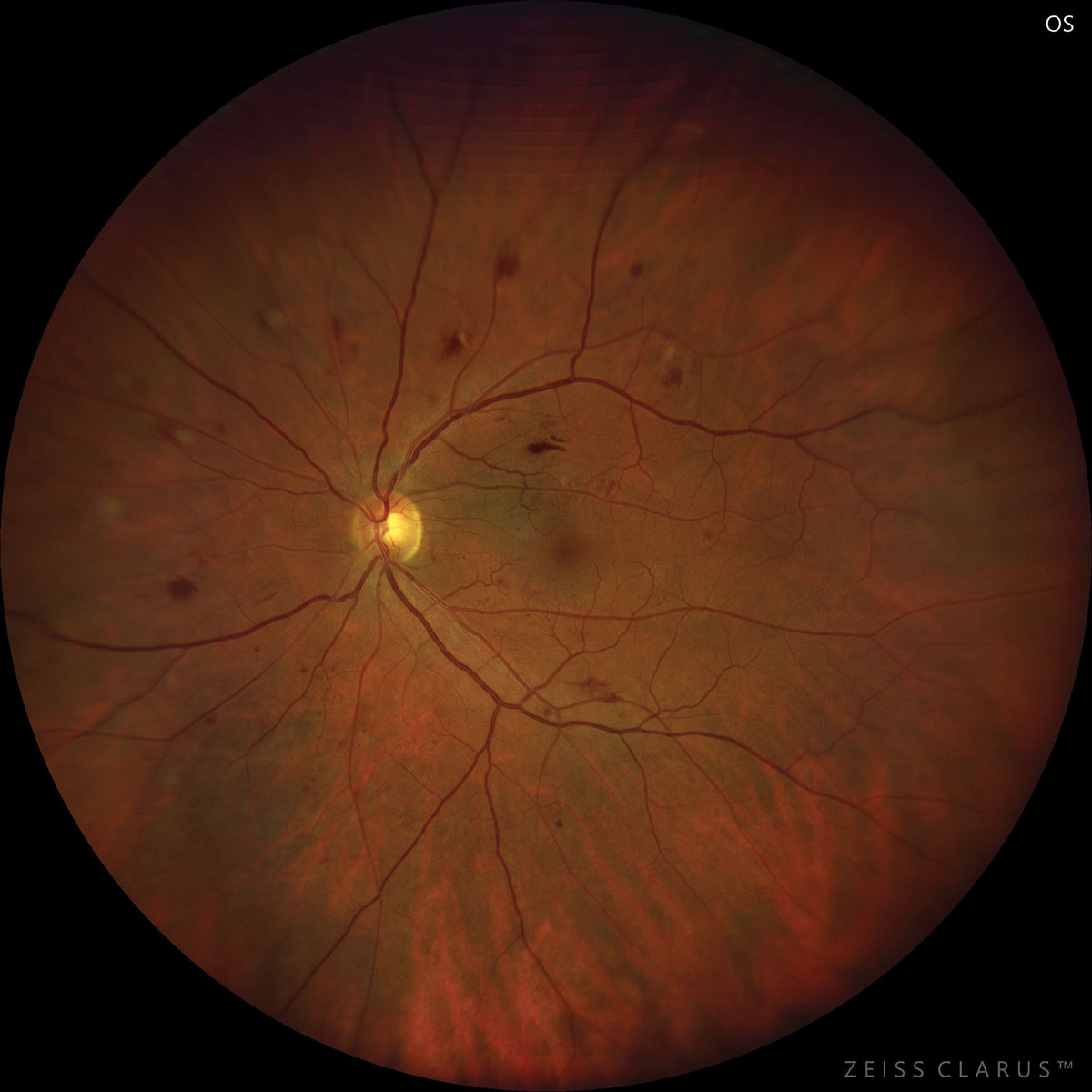 |
|
A single injection of RGX-314 is showing positive results as a future treatment for DR. Photo: Jay Haynie, OD. Click image to enlarge. |
Intravitreal anti-VEGF therapy is typically considered the first-line treatment for patients with diabetic retinopathy (DR). However, there are several drawbacks to requiring patients to receive frequent injections including cost, travel considerations and the impact on their quality of life. Promising new research presented by Charles C. Wykoff, MD, at this year’s American Society of Retina Specialists (ASRS) annual meeting may have identified a more convenient and less invasive solution for the treatment of DR involving a novel method of gene therapy requiring a single in-office injection.
The treatment involves suprachoroidal delivery of an injection of RGX-314, an AAV8 vector carrying a gene encoding for the anti-VEGF fab, a molecule similar to ranibizumab. Interim results from the phase II ALTITUDE clinical study presented at the ASRS meeting found that the treatment was well-tolerated, causing few mild adverse events that were not attributed to the use of the drug itself.
The first cohort in the ALTITUDE study included 15 patients with moderately severe or severe nonproliferative DR and five controls (ages 25-89). None of the patients had active diabetic macular edema, vision worse than 20/40 or received anti-VEGF treatment in the six months prior.
The results were positive: a third of the patients treated with RGX-314 achieved at least a two-step improvement in severity on the Diabetic Retinopathy Severity Scale at three months, and nearly half (47%) reached this endpoint at six months after the single injection. Three participants developed what was considered to be non-drug-related conjunctival hyperemia, and two developed unrelated conjunctival hemorrhage. There was also one patient who reported mild episcleritis two weeks post-treatment that was alleviated by topical corticosteroids.
Going forward with phase II trials, the research team plans to enroll up to 60 patients and obtain longer-term data in order to better evaluate the durability of response and impact of the drug on proliferative DR as well as diabetic macular edema development.
Given that many patients with DR opt out of treatment due to the burden of injections, this prospective therapy could help more individuals receive vision-saving care.
Harrison L. Gene therapy looks promising for diabetic retinopathy. Medscape. Published July 19, 2022. www.medscape.com/viewarticle/977545?src=. Accessed July 26, 2022. |

